This article suggests that global warming has already substantially increased the probability of West Coast catastrophic flooding events and that the potential for such flooding will be profoundly enhanced by the end of the century.
In this blog, I will describe some serious problems with this study, which greatly overstates the threat. And I will show you the actual trends of heavy, prolonged precipitation.
What is an ARk Storm?
This term denotes a record-breaking, extended, unimaginably heavy precipitation event along the West Coast (mainly California) that produces catastrophic flooding. It represents a dual play on words. First, the story of Noah's ark in the bible, with global flooding after extended (40 days and nights!) heavy rain. And second, an atmospheric river (an AR) event that has an extended (like 1000 years or "k") return time.
Atmospheric rivers are plumes of moisture that are associated with virtually all of the heavy precipitation events along the West Coast (see a satellite picture of one below). Also called a Pineapple Express event in our region. Think of them as a meteorological "firehose" that dumps huge amounts of rain when it hits the terrain of the western U.S.
The only ARk storm in the historical record occurred during December 1861/January 1862 in California, over a period of about 30 days. 2-3 feet of rain fell over much of central California, with even more in some mountain locations, due to roughly a half-dozen extreme atmospheric river events. This heavy rain was accompanied by above-normal temperatures, melting snowpack, and a relatively wet period prior.
Larger areas of the interior of California were flooded (see estimated flooding extent below). There was extensive loss of life and damage to buildings and farms.

The Huang/Swain paper, based on global climate model simulations, downscaled to consider local variations using a high-resolution regional model, claims that the probability of such extreme events has already been greatly enhanced by global warming and will become far, far more probable later this century.
As you can imagine, such end-of-the-world clickbait is honey to the media bears and there have been dozens of stories on this paper during the past several weeks. Unfortunately, there were serious problems with the paper and reality does not appear to agree with its estimates.
Let me demonstrate this to you below.
As I noted above, the Huang/Swain research is based not on observations but on an ensemble (collection) of climate model simulations. Regrettably, they made a serious error by using climate models forced by a far too aggressive global warming scenario (RCP8.5), which is generally considered by the peer-reviewed literature to be unrealistic (too much warming). Models driven by RCP8.5 also tend to poorly simulate the critical El Nino/La Nina cycle (also called ENSO).
RCP8.5, which makes the most draconian assumptions about fossil fuel use, produces about twice as much warming as is reasonable. And since atmospheric water vapor content goes up exponentially with temperature, the use of the wrong scenario (with too much warming) is a very serious problem looking a precipitation impacts. They should have used RCP4.5.
Another problem with this paper is their claim that the most extreme precipitation events in California occur in El Nino years. This is inconsistent with observations: neutral years (neither El Nino nor La Nina) are the most extreme precipitation years in that state. El Nino years are associated with more run-of-the-mill heavy precipitation events in southern California.
Inconsistency with observations
According to their model results, the frequency and amplitude of big, multi-week precipitation events should already have been increasing (see a reprint of their Figure 5a below).
Observations do not show that. There is no evidence of an increase in heavy precipitation events or even changes in annual precipitation in California. Which implies something is wrong with their model simulations.
Let me prove this to you.
Below is the annual precipitation in San Francisco going back to 1853. You can see the enormous annual precipitation for 1862. Note that there is no upward trend during the next 150 years!! In fact, it is slightly down (there is a linear trend line in red).
Professor John Christy, of the University of Alabama Huntsville and the Alabama State Climatologist, has put together the best long-period precipitation data set in existence for the West Coast. As shown in the graphic below that he provided to me recently (below), there is no increasing trend in either 30-day extreme precipitation events over the past 130 years. The same is true of two-week extremes. During the past 50 years, global warming should have become significant.
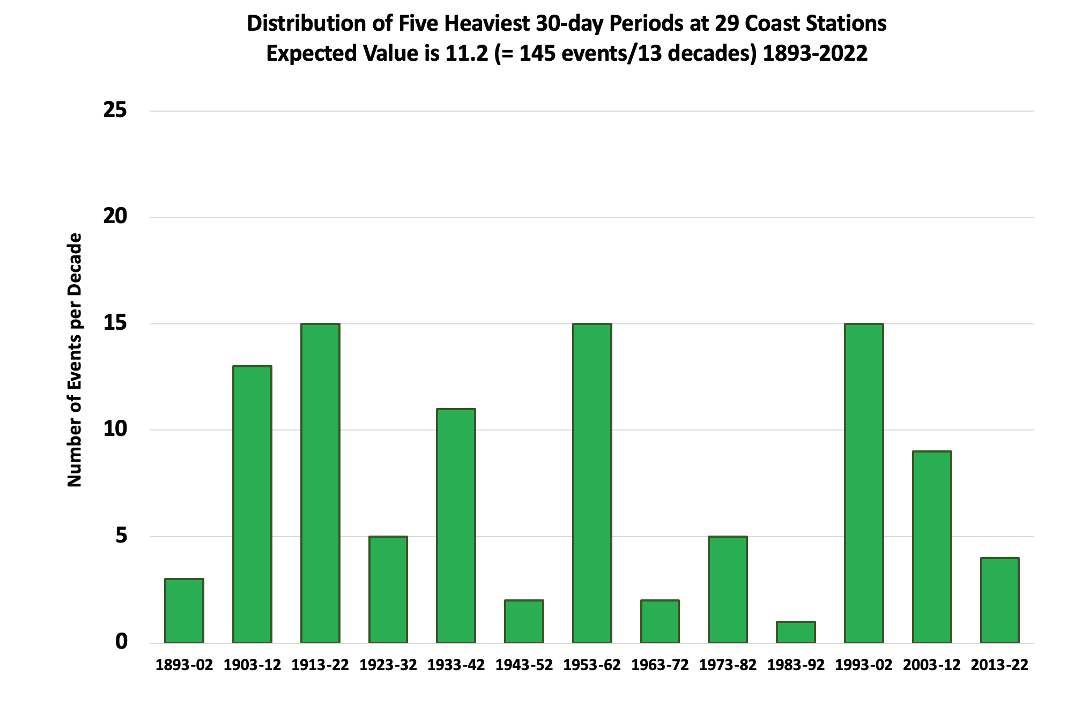
The Huang/Swain paper makes big claims about global warming driving major increases in the potential frequency of huge ARkstorm precipitation events in California.
Unfortunately, there are major problems with their paper, including the assumption of an unrealistic increase in greenhouse gases. Their simulations compare poorly against observed trends that show no increases in ARk-like or heavy rain events.
So what do I think is the truth of the matter? (and I have published extensively in the peer-reviewed literature on the impacts of global warming on heavy precipitation along the West Coast)
Let us base our projections on assuming that greenhouse gases will follow the more realistic RCP4.5 scenarios. With advancing energy technology, the RCP2.6 scenario, might be even better.
Assuming RCP 4.5, annual precipitation will not change significantly for the West Coast during the remainder of the century, probably with a small upward trend. Global warming will result in the very heaviest atmospheric river events increasing by 10-20%. So all else being the same, BY THE END OF THE CENTURY, the potential for ARk storms will increase by that much.
But remember, it takes more than more moisture to produce an ARk storm: you need not only record-breaking atmospheric rivers but to have multiple ones, all hitting the same area. In short, there must be many extremely unusual "fire hoses" occurring in a short period and hitting the same geography.
And there is more: to have a record ARk flooding event you need to have a large pre-existing, ready to melt, snowpack in the mountains, which will lessen under global warming. And an antecedent wet period.
No wonder it is rare to get an ARk event! A lot of moving pieces. And for most of the pieces, there is no reason to expect enhancement by global warming.
Furthermore, California has a massive storage capacity for water in its reservoir system, something that did not exist 100 years ago. This can help buffer the next ARk storm.
And there is one more consideration: reality is not following the predicted extreme precipitation increase projected by the climate models. Thus, it is quite possible that the models are overdoing the impacts of global warming. I am a modeler, read the papers, and have been at endless seminars on climate model performance. Trust me, these models have major problems and many deficiencies are in the area of clouds and precipitation.
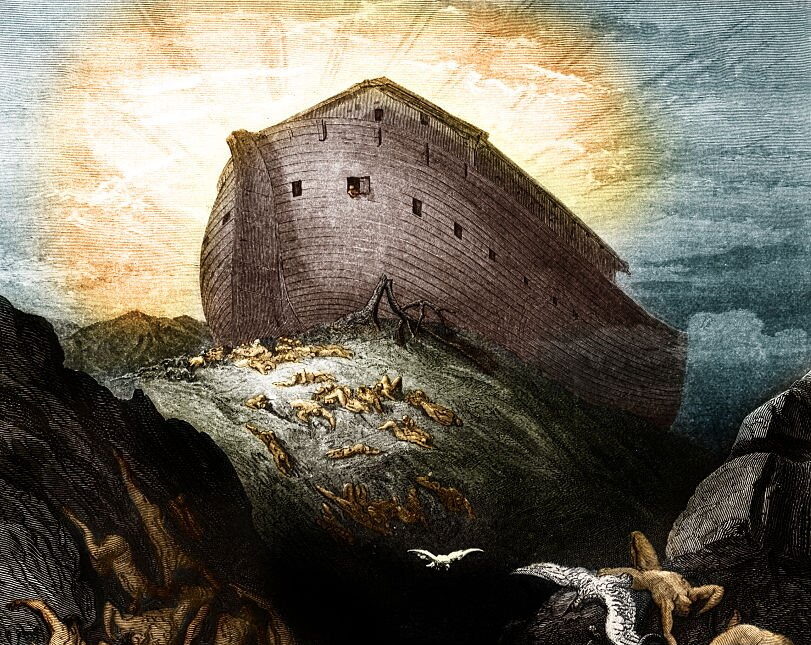
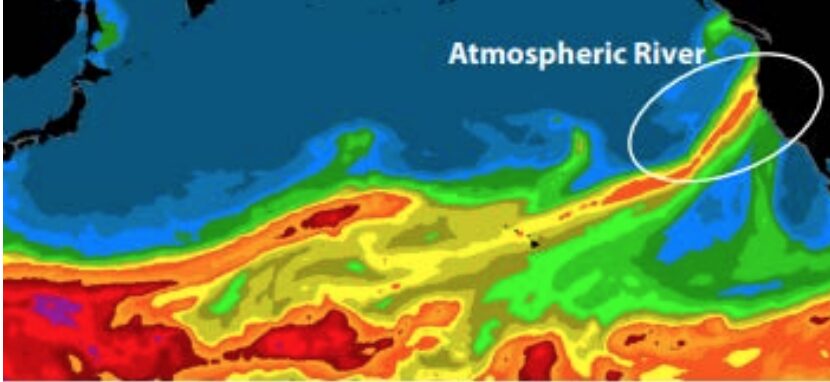
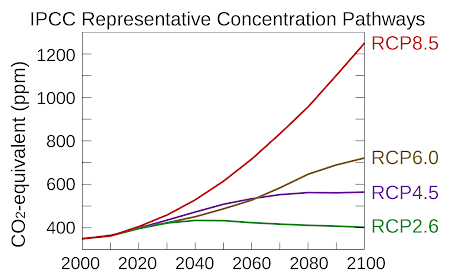
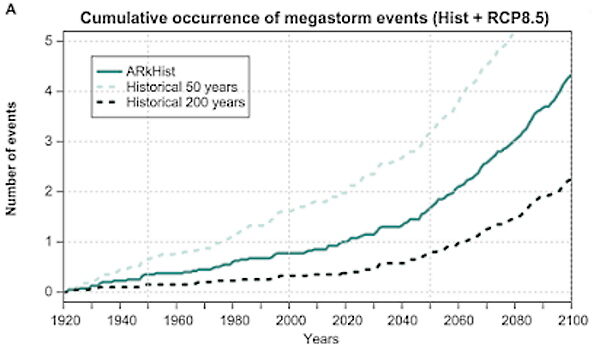
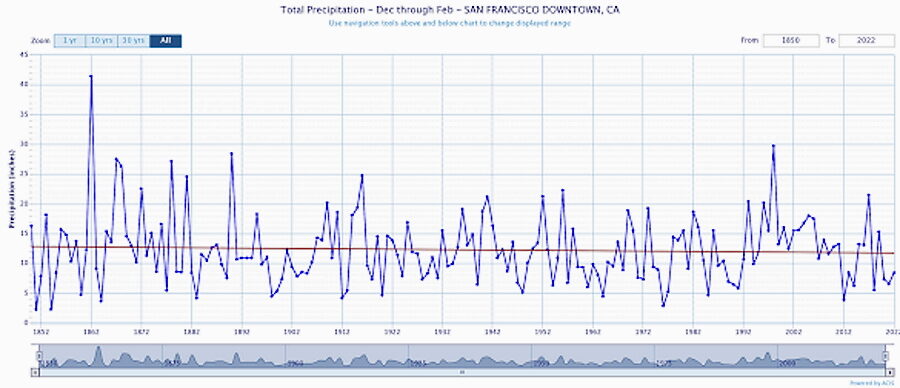
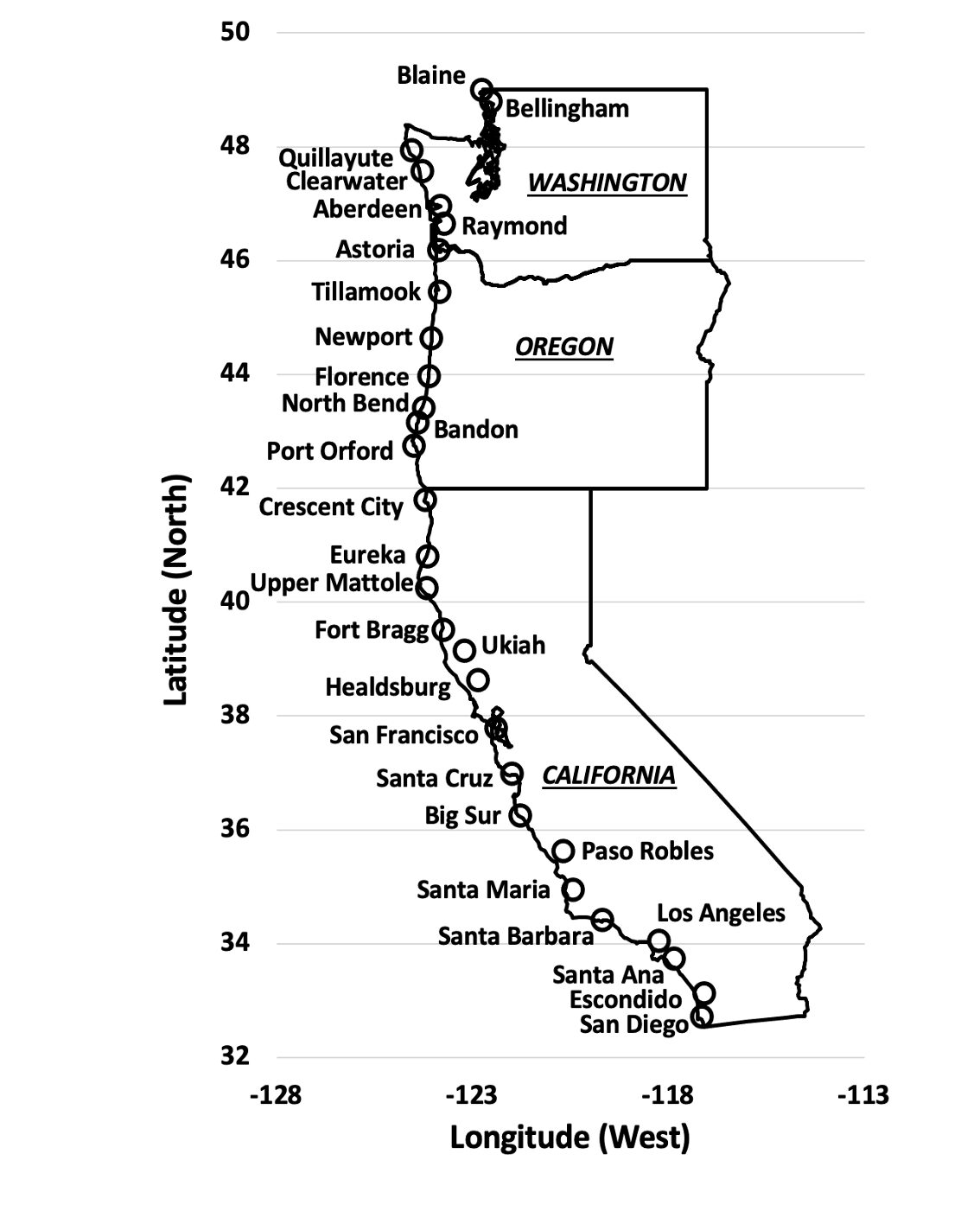




Reader Comments
We are not all woke extremist pedophiles, ya know.
I guess that I'm glad that I live in the high desert now. Maybe a nice flood is exactly what we need to take back our beautiful state.